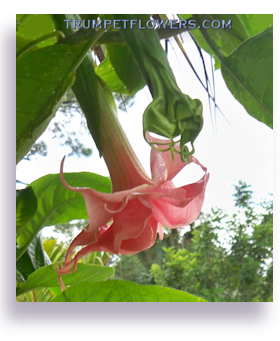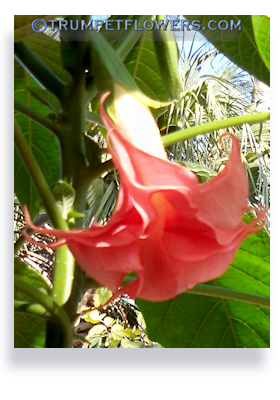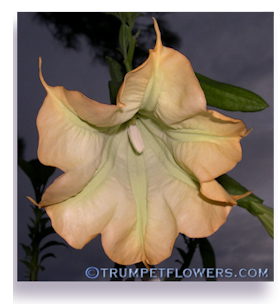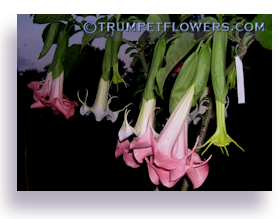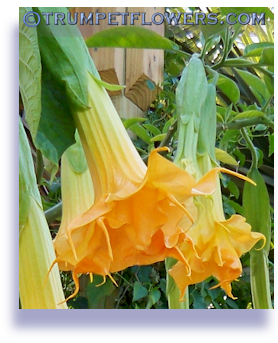Prevent Garden
Problems
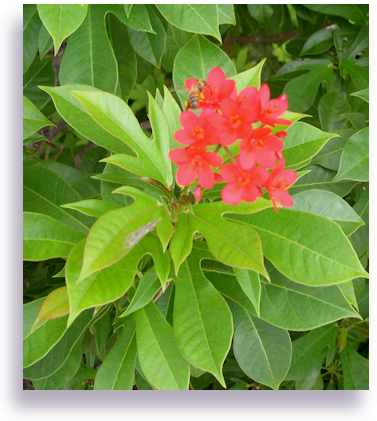 It is quite a task to keep a garden neat and tidy. Depending upon the size, hundreds of hours can go into maintaining even a 20 footby 20 foot bed per year. But gardeners don't complain, they trudge onwards, knowing the end result is countless more hours spent relaxing enjoying the fruits of their labor. Anyone whose had their morning coffee out on the stone terrace amongst the blooming flowers while listening to the birds hark from nearby trees knows what I mean.
It is quite a task to keep a garden neat and tidy. Depending upon the size, hundreds of hours can go into maintaining even a 20 footby 20 foot bed per year. But gardeners don't complain, they trudge onwards, knowing the end result is countless more hours spent relaxing enjoying the fruits of their labor. Anyone whose had their morning coffee out on the stone terrace amongst the blooming flowers while listening to the birds hark from nearby trees knows what I mean.
There are some techniques that novice gardeners may want to incorporate into their knowledgebase, that can save some of that precious time and help you prevent problems in the garden before they occur.
Soil PH is very important. Florida soils tend to be slightly to more alkaline, but investing in a reasonably priced soil test kit, available at your local Lowes or Home Depot, will help you determine what kind of soil you have in any given area of your yard. I have several different PH values in different parts of my yard, due to varying layers of soil deposits in those areas. Different PH levels affect how plants are able to uptake micronutrients and fertilizers. Some plants hate high PH, while others are adapted to higher PH values.
Adding the ammendments shown in the table below can help to balance PH values, but only for a short time, up to a year. A perfect PH value for soils is 6.3 to 6.9. Anything over that is considered alkaline. Anything under 6.3 to 6.9 is considered acidic. Most plants do prefer a slightly acidic soil value. Notice the table shown a little further down the page to see PH values linked up to different minerals and micronutrients, and and what PH value they will discontinue uptaking them.
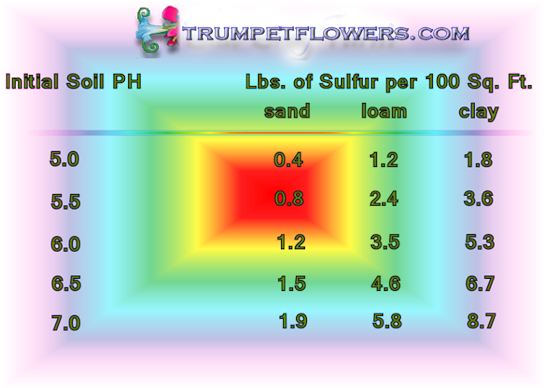
As I already mentioned, weeding is a big deal. Stopping weeds from invading that flower bed you spent so much time digging and planting outis probably the number one complaint gardeners have.
Through my own experience, I have tried the weed cloths and other tarp∼like materials and fabrics sold by the garden industry. I find that in the long run, they created more of a problem for me than any help they had offered. Maybe it is just my own gardening style, but in the end I tossed them out. Weeding by hand, and using lots of good, long lasting mulch did more for me than any weed cloths.
First off, the weed cloths (in some instances) starved out the tiny feeder roots of some prized plant cultivars. Feeder roots lie on or very near the surface of a plant. These cloths tended to cause them to die, either through suffocation or lack of proper water. In my book, stay away from weed cloths.
Use a good mulch and some old non∼glossy newspaper instead. Make sure to carefully dig out the surrounding area well, removing any weeds and their entire root systems before∼hand. If you need to, now is a good time to add well rotted compost to the surface and work it into the first few inches of soil. Now lay down about 1 inch of presoaked newspaper to the area you want to cover. As for mulches, Eucalyptus chips and bark holds up very well, and is cheap too. But read on before making any choices.
If you live in Lee county and would like free mulch, visit the Links page to find county areas where it is given away. All you need is a pitchfork, a truck and a little labor on your part.
Pine bark mulches tend to break down faster. They also tend to lose the dyed color given them. Same with the hardwood and paper mill waste mulches. Pine needles are a 50∼50 by most. Although they break down within a year or so, they do hold their color, and add nutrients and micronutrients to the soil as they slowly decompose. They will also allow for weeds to return within the same year.
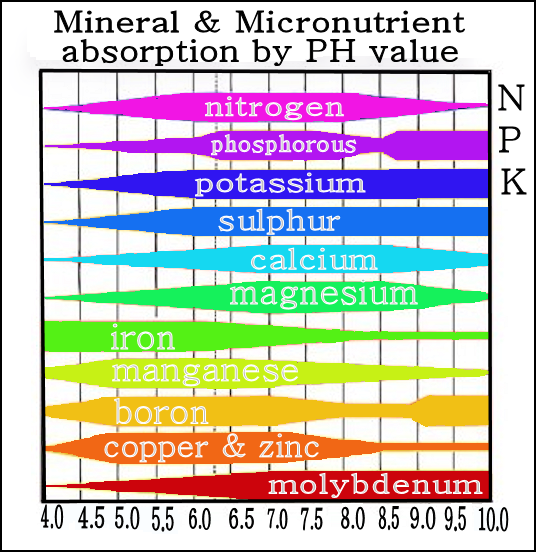
So, Eucalyptus mulch is excellent for flower beds. Pine needle mulch is great for other things, like soil building.
Anyone who lives in South Florida knows of the super sandy soils we deal with. Unless you have had topsoil or grass plugs added, you will have sand between your toes on an everyday basis. Build up the soil naturally...
Mulched pine needles are my preference for a couple of reasons. First, they are readily available to me, as our property has a small grove of pines already present. Raking them into large piles three or four times a year and running over them again and again with the riding lawnmower, and I have free pine needle mulch. It is great for using as a top dressing on the sandy Florida soils, plus I get to recycle. As the needles break down, it returns the nutrients to the soil, and helps me establish an organic layer that within a year of laying down, gives rise to small plants that can then help anchor the soil.
I add them to the top of compost I have either bought or created beforehand, and slowly my little acre is beginning to transform from a cat's sandbox into a mixed lawn of wildflowers, desired wild Florida perennials, and grasses.
The thick cushion they create keeps the grit out of my sandals too.
The only problem I've run into with using it, is it's floatability aspect. Hard rains can effectively move it to other areas of your property (or the neighbors). This effect dissapates as the plants begin to establish themselves. If you live in a low lying area and want to try your hand at this method, perhaps starting in winters when we are in the dry season would work well. Spread desired seed over well mulched pine needles and keep it moist until the rainy season returns and takes over. By the fall, they will have rooted well enough to make it through the next dry cycle.
We have covered weeds and soil building, and PH values associated with nutrient intake. The next aspect of gardening that is troublesome would be the pest insects. Because I am basically an organic gardener, I have already written some extensive ideals on pests, and how to effectively hold them at bay in the garden. Check out this page for more on controlling garden pests. How to control Garden Pests Organically.
Other pages that supplement this one are Controlling Weeds and How to make your own compost.
Tags: garden problem prevention, prevent garden problems, weed control, mulching, best mulches, soil building, composting, soil ph,

